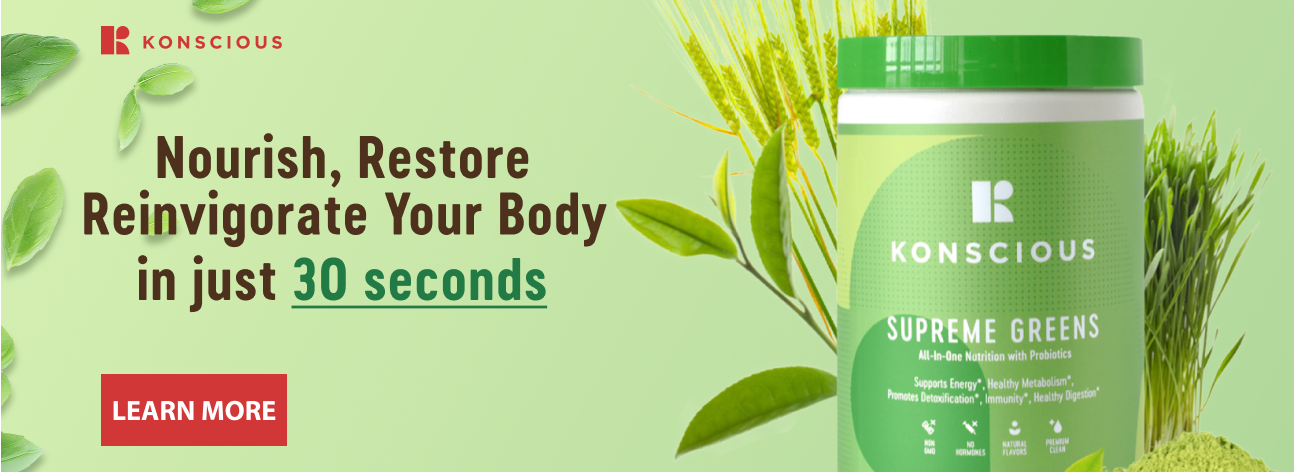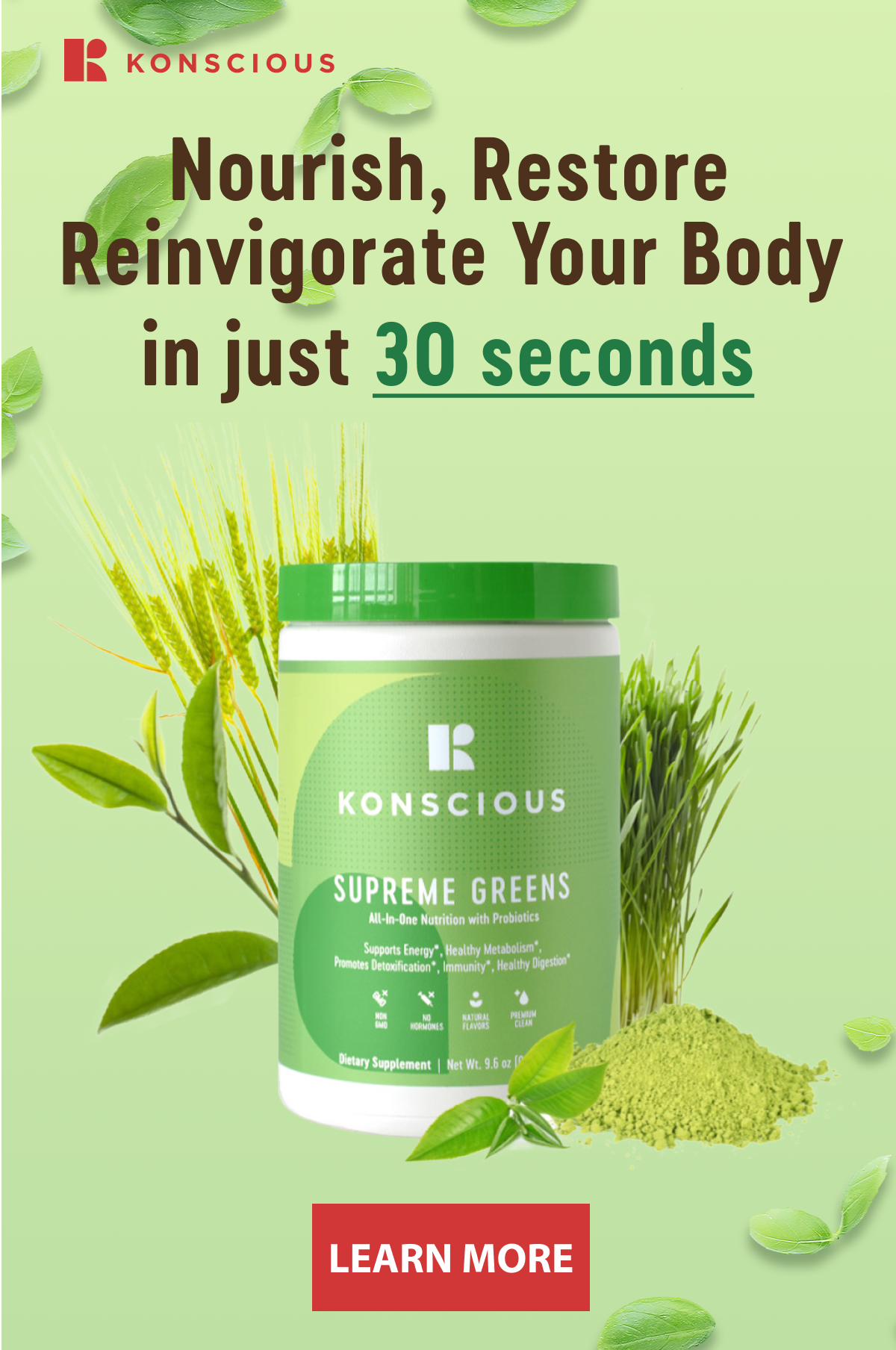8 Lifestyle Changes To Relieve Joint Stiffness

For many people, aging causes stiffness in joints. Some experience this stiffness due to medical conditions, and for others, it results from lifestyle choices. Whatever the reason, changing your lifestyle or incorporating certain practices can ease pain and stiffness.
Here are some non-pharmacological treatments for achy joints that can help improve joint mobility, prolong functionality, and help you age better.
#1. Exercise
Movement and exercise are not overrated. There’s a reason why doctors and health authorities incessantly insist on incorporating them into our daily lives.
Exercise can promote joint mobility, function, and overall range of motion, thus reducing stiffness. It’s also excellent for maintaining weight. Being overweight increases your chances of developing conditions that worsen joint stiffness and pain.

Regular working out keeps your joints lubricated and strengthens the muscles around them. Having stronger muscles means your joints are supported better and work less. That prevents your joints from becoming more vulnerable to wear and tear and damage.
Join an exercise program appropriate for your fitness level. Or simply start walking more. Good workout options include low-impact exercises like walking, water activities, swimming, tai chi, and cycling.
#2. Physical therapy
If your joints are too achy, stiff, or damaged, it’s best to get movement with physical therapy. It is ideal for treating joint conditions because its primary goal is to practice and improve your range of motion while lightly exercising the muscles around them. Doing this reduces the overall pain.

While getting physical therapy, you’ll be doing various stretching and strengthening exercises customized to your condition. Your physical therapist may suggest you wear support, like a knee brace. That is to help your joint function while remaining stable. And it also reduces pain.
#3. Natural remedies & supplements
Alternative medicine offers solutions to joint stiffness and pain. And though its result won’t be immediate, it certainly can do you no harm by giving it a try.

Turmeric
Turmeric, a yellow spice that is an Indian food staple, is a source of chemical curcumin. The latter is known for its anti-inflammatory and antioxidant properties and may help relieve joint pain and arthritic symptoms.
The National Center for Complementary and Integrative Health reported a study in which rats were fed turmeric. The research found a decrease in the inflammation in their joints.
Holistic medicine encourages using small amounts of this spice to relieve pain and improve immunity.
Flaxseed
Flaxseed is rich in an omega-3 fatty acid called alpha-linolenic acid (ALA) that can help lower inflammation and relieve joint stiffness. Flaxseed oil is a good source of ALA and is available in a bottle or capsule form.
Ground flaxseed also contains this acid, but its oil is better. These seeds have to be crushed to release their healthy fats. Your body cannot process or break down whole flaxseeds. That is why, to gain health benefits from these seeds, they are consumed in their oil or ground form.
Fish oil supplements
In a clinical trial study conducted in 2018, scientists found that ingesting fish oil with a Mediterranean diet can help lower inflammation. That’s because fish oil contains super-healthy unsaturated fats.
Adding more fish to your weekly diet can be beneficial in easing joint stiffness since it delivers quality omega-3 fatty acids.
According to the National Institutes of Health (NIH) recommendations, you shouldn’t consume more than 3 grams of fish oil supplements in one day.
It is best to discuss this with your doctor before beginning this routine since fish oil may interfere with certain medicines.
#4. Manage your weight
Your weight can hugely impact your overall health and put extra pressure on your joints, particularly those that bear it all – hips, knees, and feet.
Bringing yourself down to a healthy weight means less stress on your joints. It also means improved mobility and lesser pain. And most importantly, it prevents your joints from getting damaged over time.

Being overweight is also damaging to your joints on a cellular level. If you’re obese, your body’s fat cells can release inflammation-causing proteins. That, combined with the physical pressure of carrying your weight, can ultimately lead to stiff joints.
Research has also shown that being overweight can lead to metabolism issues, which, in turn, are detrimental to bone health.
#5. Hot and cold therapy
Both these treatments can help ease achy, stiff, and damaged joints.

Heat treatments
These include a variety of options. You can take a long warm bath or shower in the morning since that is when your joints are at their stiffest. Doing this increases circulation and relaxes muscles. For the night, you can apply heat with a hot water bottle, a heating pad, a hot compress, or an electric blanket to relieve pain and discomfort.
Applying heat tends to dilate blood vessels, thus increasing blood flow and easing tightened muscles and sore joints. This improvement in circulation helps reduce the lactic acid waste that accumulates after exercise. And since heat is comforting and reassuring psychologically, it can act as a physical analgesic.
Heat therapy is often more effective in relieving chronically achy joints and sore muscles.
Cold treatments
These can ease joint pain and reduce inflammation and swelling. Cold treatments include a gel ice pack, a bag of frozen veggies like peas, and water bottles filled with cold water.
Cold treatments, contrary to heat treatments, decrease blood flow to the area under cold therapy. It lowers the inflammation rate and associated risk of tissue damage and swelling.
It can also numb soreness and work as a local anesthetic. Since cold treatment decreases blood flow, the pain messages transmit slowly to the brain.
In case of an injury, a cold compress or ice can ease an inflamed and swollen muscle or joint, particularly within the first two days. It is a part of the standard treatment for sports injuries – rest, ice, compression, and elevation.
#6. Acupuncture
Acupuncture is an ancient Chinese treatment that restores your body’s natural balance. It aims to relieve pain by using super-thin, pre-sterilized, disposable needles to stimulate parts of the body.
This traditional form of medicine has been a successful pain relief for many. It strategically promotes and blocks chemical flow within the body. The concept behind rerouting energies is that “where there is free flow, there is no pain.”

Acupuncture simply alters our perception of pain. This treatment has also proven to limit proteins that can cause inflammation. Also, it can be very effective in strengthening weak muscles and releasing stress from tense ones.
The putting in of needles is strategic – they are inserted at varying depths in specific points to open “meridian pathways” from where energies flow throughout the body.
If you’re scared of needles and pricks, you should know that acupuncture is generally painless. After the acupuncturist has inserted the needles, you’re supposed to relax for about half an hour. This process can be so calming that many people end up falling asleep.
#7. Get a massage
A massage is great for stress relief, muscle relaxation, and easing stiff, achy joints. It reduces chronic pain and stiffness and improves overall joint mobility and functioning.
The main idea behind massage is to improve and increase the range of motion. While doing this relieves pain, it also “makes space” for the joints, which in turn helps treat bone-on-bone grind.

The massage focuses on increasing blood flow to a chosen area, stimulating healing as fresh blood carries fresh nutrients. That, in turn, helps release synovial fluid to the lubricating part of the joint.
It may also prove helpful in treating swollen joints – it flushes away swelling and allows your joint more movement.
#8. Meditation
Managing stress and learning how to deal with it better can help you relax your muscles. We tend to store tension in our bodies. The part of our body where we hold it tends to stiffen and tense.
A part of the Meditation process is to become conscious of what parts of our bodies we store stress in – shoulders, knees, wrists, or hips, for example. Meditation aims to bring this stress down to relieve pain.

Meditative practices like tai chi and yoga combine meditation with breath work, relaxation techniques, and low-impact workouts. This practice is helpful for people who have stiff joints since it encourages slow movement. Rapid or fast-paced exercises can only do you more harm if you suffer from hip or knee issues.
According to a study by the National Institutes of Health (NIH), mindfulness and meditation can also help people suffering from arthritis.
When Should You See A Doctor?
You do not need to visit your doctor if you experience stiff joints upon waking up or after sitting too long in one posture. Just take up some regular form of exercise. But, if this stiffness appears suddenly or lasts several days, check with the doctor.
You also need to see your doctor if you get sudden swelling, experience severe pain, notice joint deformity, have redness around the joint, or feel a rapid decrease in joint mobility.
Stiff joints are not just a condition. They can also be a symptom of underlying health issues, so don’t hesitate to get medical attention.
Resources
- Breeding, Ashley. (2019). We Asked an Acupuncturist if the Ancient Practice Can Cure Joint Pain. Prevention. https://www.prevention.com/health/a26102700/acupuncture-for-joint-pain/
- Ellis, Mary Ellen. (2022). Natural Relief from Arthritis Pain. Healthline. https://www.healthline.com/health/osteoarthritis/arthritis-natural-relief#meditation
- Holland, Kimberly., Ramburger, Lacey. (2022). Stiff Joints: Why it happens and How to find relief. Healthline. https://www.healthline.com/health/stiff-joints#natural-remedies
- Cafasso, Jacqueline. (2018). Joint Pain Relief: What You Can Do To Feel Better Now. Healthline. https://www.healthline.com/health/pain-relief/joint-pain-relief
- Arthritis & Massage. Amta Massage. https://www.amtamassage.org/resources/massage-and-health/medical-treatments/arthritis/
- (2020). How Massage Can Help with Arthritis. FlexiSEQ. https://flexiseq.com/blogs/expert-advice/how-massage-can-help-with-arthritis#:~:text=Massage%20increases%20blood%20flow%20to,cause%20restriction%20in%20the%20joint.
- Fletcher, Jenna. (2021). Potential causes of stiff joints and what to do about them. Medical News Today. https://www.medicalnewstoday.com/articles/321588#causes
- Brazier, Yvette. ( 2017). Hot or cold: Which Therapy Works Best? Medical News Today. https://www.medicalnewstoday.com/articles/29108#_noHeaderPrefixedContent










